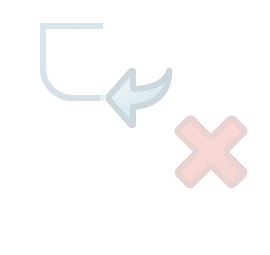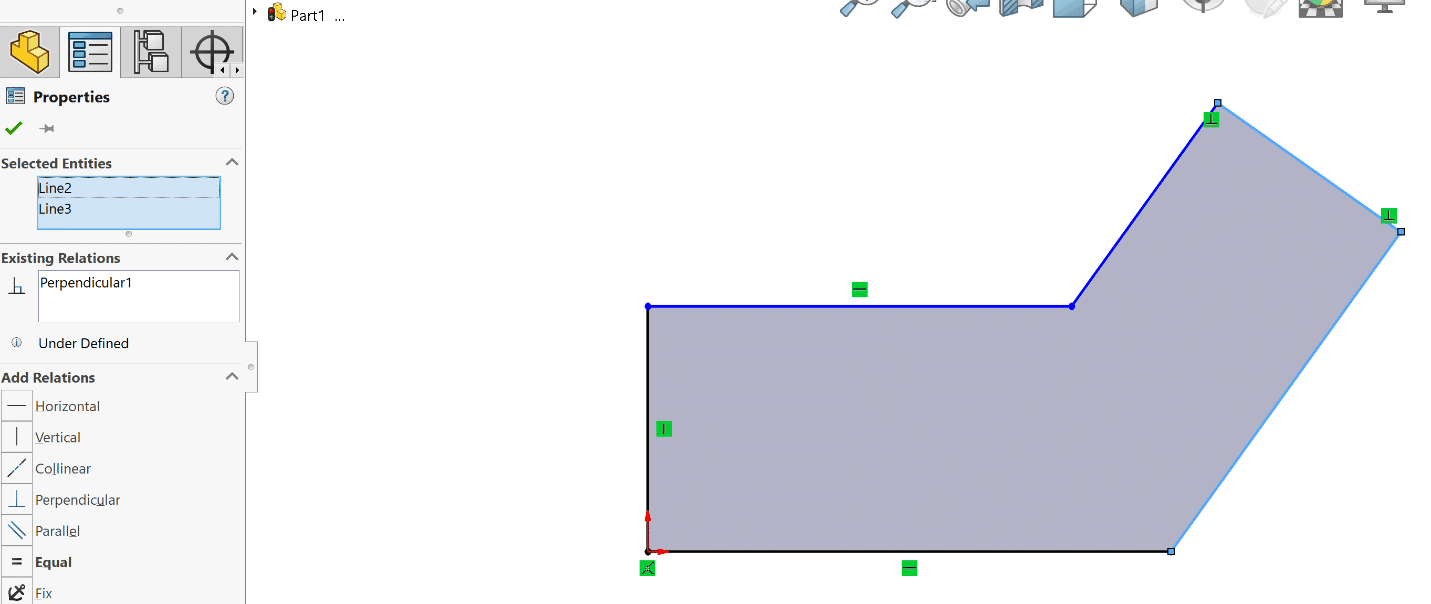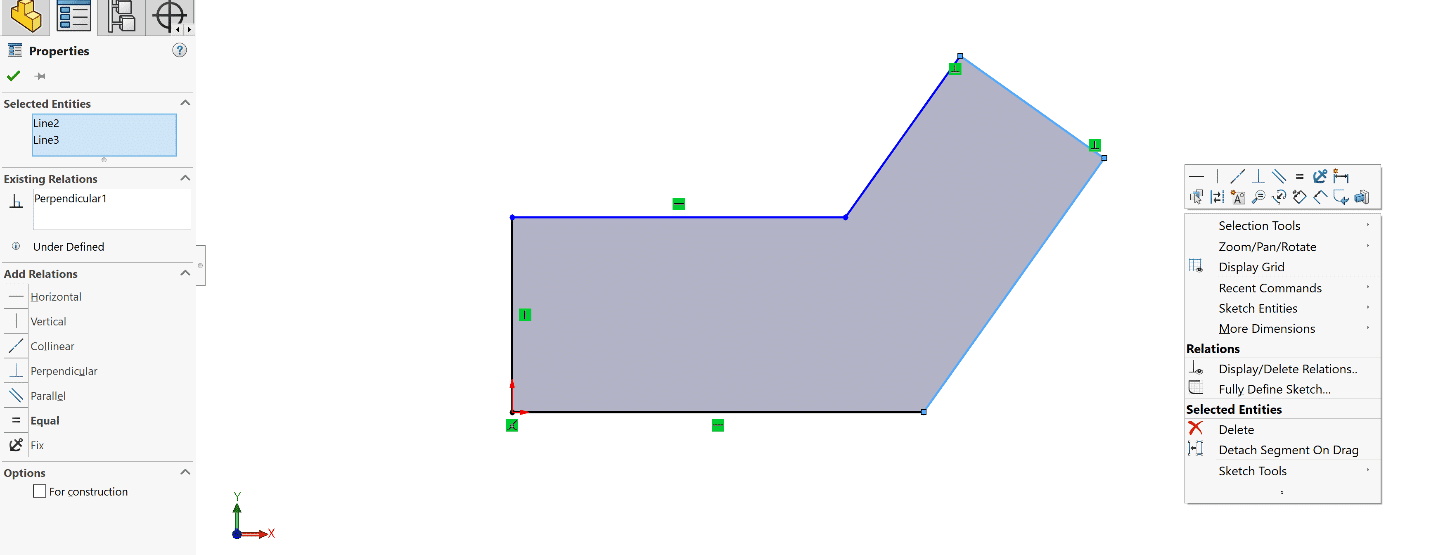Tips and Tricks for new SOLIDWORKS users and common mistakes to avoid
As an Application Engineer with CATI, I teach users year-round how to design in SOLIDWORKS software. During my time in this role, I have seen users run into the same problems time and time again. Through my experience, I have compiled a list of some of the most common mistakes or issues almost all newer users encounter. I will highlight the biggest ones, and the best ways to avoid them.
1. “Why can’t I select the X, Y, or Z command?”
This question is, by far, the most frequently asked question I receive as an instructor. One of the fundamental concepts of modeling in SolidWorks is nearly every feature needs a sketch, and that sketch needs a plane or planar face. When creating sketches, the software takes you into “Edit Sketch” mode. While in this mode, most commands will become non-selectable. Why does SolidWorks do this? Well, they design the program this way so newer users avoid selecting commands that would not be appropriate given their editing status.
How does one know they are in “Edit Sketch” mode? The answer is 2 places:

The Confirmation Corner (top-right hand side of graphics area)

And the Sketch tab of the CommandManager.
If either of these symbols is active, you are in “Edit Sketch” mode. To exit, click on either sketch icon.
2. Why can’t I change my dimension value?
The answer to this question relates back to the first. Oftentimes, newer users do not notice when they enter or exit “Edit sketch” mode. So, they’ll quietly exit out of the mode, attempt to create a dimension outside of “Edit sketch” mode, and now the Modify dialog box does not appear. Even worse, double-clicking on the newly placed dimension does nothing.
While out of “edit sketch” mode, the Smart Dimension tool will default to create reference dimensions. In SolidWorks, reference dimensions are considered “driven”. Driven means the model’s geometry will drive the value of the dimension. When creating dimensions in a sketch, those are considered “driving”. Driving means that the value of the dimension drives the model’s behavior.
So, to avoid this problem, let’s say you start Smart Dimension and see this in the PropertyManager:

Go back and edit whatever sketch you are trying to dimension, because you are NOT in edit sketch mode, and will end up with a driven reference dimension.
3. My context toolbar won’t show up, did I lose it?
The short answer is, no. Most likely what is happening is you are moving the cursor too much. For example, I try to create a sketch relation between two lines:

But as soon as I release the CTRL key on the keyboard, where I should see the context toolbar, I see nothing. The reason I can’t see the toolbar is that either right before or immediately after I released the CTRL key, I moved my cursor. Now, to avoid this problem (besides re-selecting and keeping your cursor in place before your release CTRL again), we can actually bring the toolbar back by right-clicking somewhere in the white space.

So, to avoid these 3 mistakes, be cognizant of whether or not the “Edit sketch” mode is active, check the PropertyManager for reference dimensions, and the context toolbar is usually just a right-click away.
I hope new users find these tips and tricks useful!
Cameron Hosimer, CSWE
Application Engineer
Computer Aided Technolog

 Blog
Blog